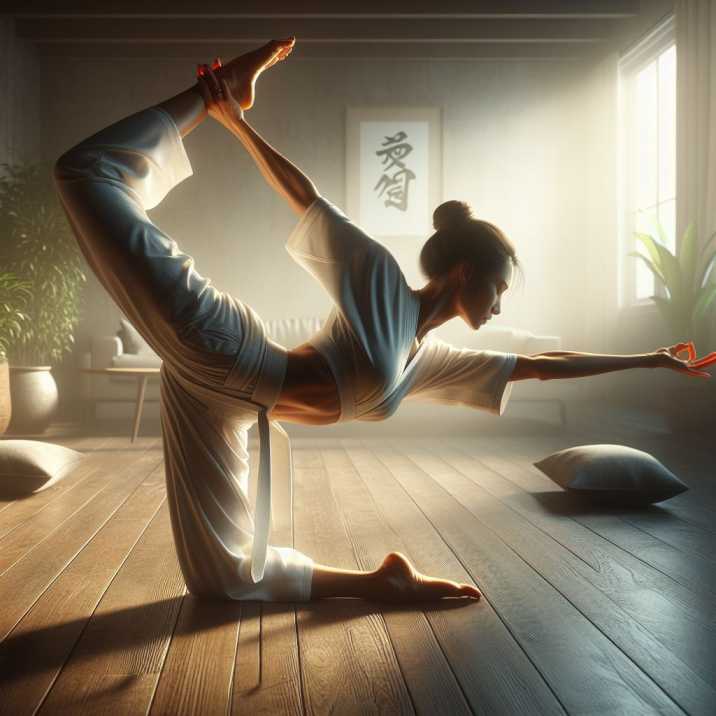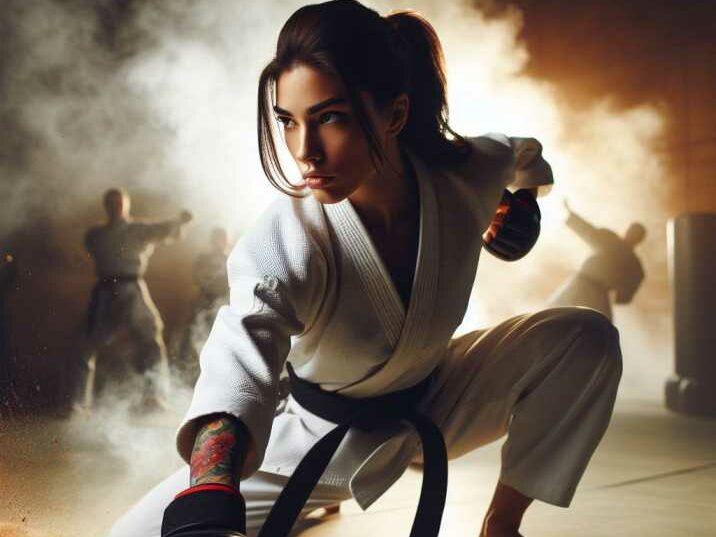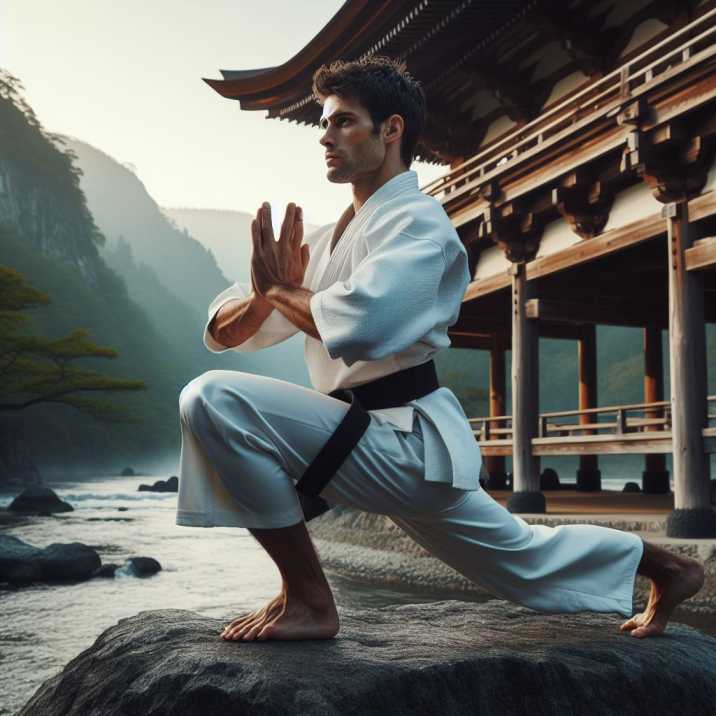Strengthen Your Core with Martial Arts Challenges
Table of Contents
Introduction:
Achieving optimal physical fitness is a journey that often involves exploring different aspects of exercise and training. In this article, we delve into the fascinating world of martial arts and how it serves as a powerful avenue for improving Strengthen Your Core with Martial Arts Challenges.

The Importance of Core Strength in Martial Arts:
Before we dive into the balancing act, let’s understand strengthen your core with martial arts challenges. A strong core provides stability, balance, and power – fundamental elements in any martial art form. Whether you practice karate, taekwondo, or Brazilian jiu-jitsu, a solid foundation in core strength can make a significant difference in your overall performance.
The Balancing Act: Challenges and Benefits:
Challenging the Status Quo:
Martial arts is not just about striking and grappling; it involves intricate movements that demand exceptional balance. Balancing challenges push practitioners to refine their techniques, cultivate focus, and enhance body awareness.
Benefits Beyond the Mat:
The benefits of mastering balance extend beyond the martial arts arena. Improved coordination, better posture, and a reduced risk of injuries are just a few of the positive outcomes that resonate in daily life.
Balancing Exercises for Strengthen Your Core with Martial Arts Challenges:
Tree Pose for Stability:
Beginners often start with the simple yet effective Tree Pose. This yoga-inspired move requires standing on one leg while placing the sole of the other foot against the inner thigh or calf. Not only does it , but it also improves concentration.
Board Breaking for Power and Precision:
Breaking boards is a common practice in martial arts, and it involves a careful balance between strength and precision. This exercise targets the core muscles while promoting mental focus and control.

Kicking Drills for Dynamic Stability:
Kicking drills challenge your balance dynamically. Practicing high kicks or roundhouse kicks requires a stable core to execute the moves with precision. These drills also contribute to flexibility and overall lower-body strength.
The Mind-Body Connection:
Harmony of Mind and Body:
Martial arts emphasize the connection between the mind and body. Balancing challenges serve as a bridge, fostering a deeper understanding of this mind-body harmony. As you focus on balance, you naturally cultivate mental discipline, resilience, and a heightened sense of awareness.
Transcending Physical Limits:
Balancing acts in martial arts push practitioners to transcend physical limits. Through consistent practice, individuals learn to control their bodies, leading to improved confidence and a sense of accomplishment.
Key Tips for Balancing Improvement:
Consistency is Key: Like any skill, improving balance requires consistent practice. Incorporate balancing exercises into your regular training routine to see long-term results.
Listen to Your Body: Pay attention to your body’s signals. If you feel fatigued or unstable, take a break. Overexertion can lead to injuries and hinder your progress.
Gradual Progression: Start with basic balancing exercises and gradually increase difficulty. Progression allows your body to adapt and build strength over time.

The Journey Towards Mastery:
Patience in Progress: Mastering balance is a journey that requires patience. Understand that improvement may be gradual, and setbacks are part of the learning process.
Celebrating Small Wins: Celebrate small victories along the way. Whether it’s holding a challenging pose for an extra few seconds or executing a kick with enhanced precision, acknowledge and celebrate your progress.
Conclusion:
In conclusion, the balancing act in martial arts is more than a physical exercise – it’s a holistic approach to fitness and well-being. By incorporating these balancing challenges into your training regimen and embracing the mind-body connection, you can enhance strengthen your core with martial arts challenges, and embark on a fulfilling journey towards mastery in martial arts.
Frequently Asked Questions: (FAQS)
- What is the significance of core strength in martial arts? Core strength in martial arts is crucial for providing stability, balance, and power, influencing overall performance and reducing the risk of injuries.
- How often should I practice balancing exercises? Aim for consistency in your training routine, incorporating balancing exercises 2-3 times a week for optimal results.
- Are balancing challenges suitable for beginners? Yes, balancing challenges can be adapted for all skill levels. Start with basic exercises and gradually progress as your strength and stability improve.
- Can balancing exercises improve mental focus? Yes, the intricate nature of balancing challenges in martial arts enhances mental focus, concentration, and the mind-body connection.
- Is it normal to experience setbacks in mastering balance? Yes, setbacks are a natural part of the learning process. Patience and consistent practice are key to overcoming obstacles on the journey to mastering balance.
- How does the mind-body connection contribute to martial arts performance? The mind-body connection in martial arts fosters mental discipline, resilience, and heightened awareness, positively impacting overall performance.
- Can balancing exercises be incorporated into other forms of exercise? Absolutely. Many balancing exercises can complement various fitness routines, contributing to improved stability and overall physical well-being.
- What role does balance play in preventing injuries in martial arts? Balance is essential for maintaining control and avoiding injuries in martial arts. A strong core and enhanced stability reduce the risk of falls and missteps during training.
- Are there specific breathing techniques recommended during balancing exercises? Deep, controlled breathing is beneficial during balancing exercises, helping to promote relaxation, focus, and overall mindfulness.
- Can children benefit from balancing challenges in martial arts? Yes, children can benefit greatly from balancing challenges, as they contribute to improved coordination, concentration, and physical development.
- Are there modifications for balancing exercises for individuals with physical limitations? Yes, modifications can be made to accommodate individuals with physical limitations. Consult with a fitness professional or healthcare provider for personalized guidance.
- How can balance training enhance overall well-being beyond physical fitness? Balance training not only improves physical fitness but also contributes to better posture, increased self-confidence, and a sense of accomplishment, positively impacting overall well-being.


